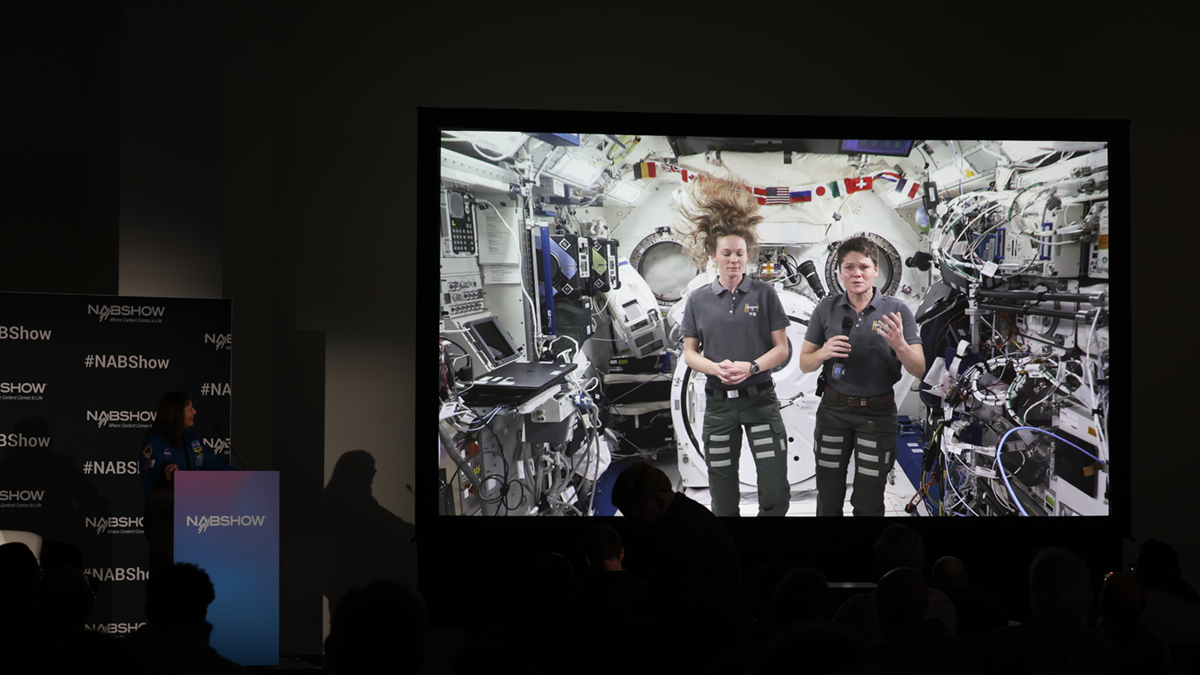Groups Call for Voluntary Receiver Standards
CEA and NAB, in separate filings with the FCC, found some common ground in their hope for improved DTV reception. Both groups called for voluntary industry standards and said the reception picture still needs plenty of tuning.
The comments, along with those of several other parties, were filed in response to the FCC's Spectrum Policy Task Force Report.
"The digital transition for free over-the-air television is at a critical stage, and the Commission's positive involvement in encouraging voluntary guidelines for DTV receiver performance could trigger a bandwagon effect that will accelerate consumer acceptance of and investment in DTV technology and hasten the completion of the digital transition," NAB and the Association for Maximum Service Television (MSTV) told the FCC.
NAB said it was pleased with the involvement of the consumer-electronics industry and with the ATSC's progress on voluntary guidelines. It asked the FCC to continue "its oversight role" in the ATSC's discussions.
CEA also urged the FCC to support voluntary standards, and said it is actively participating in the ATSC work. But CEA was more pointed in its rejection of mandatory standards, arguing that such a regime would stifle innovation.
In addition, the CEA repeated its argument that the FCC should force broadcasters to quickly advance to full-power DTV.
"No receiver can detect a signal that is absent because of low power, low antenna height, or a combination of both," CEA said. "The sooner the FCC requires full power broadcasting, the sooner the public will receive improved signals. No amount of tinkering with DTV receivers can make up for the lack of broadcasters transmitting with their full authorized signal strength."
Get the TV Tech Newsletter
The professional video industry's #1 source for news, trends and product and tech information. Sign up below.
